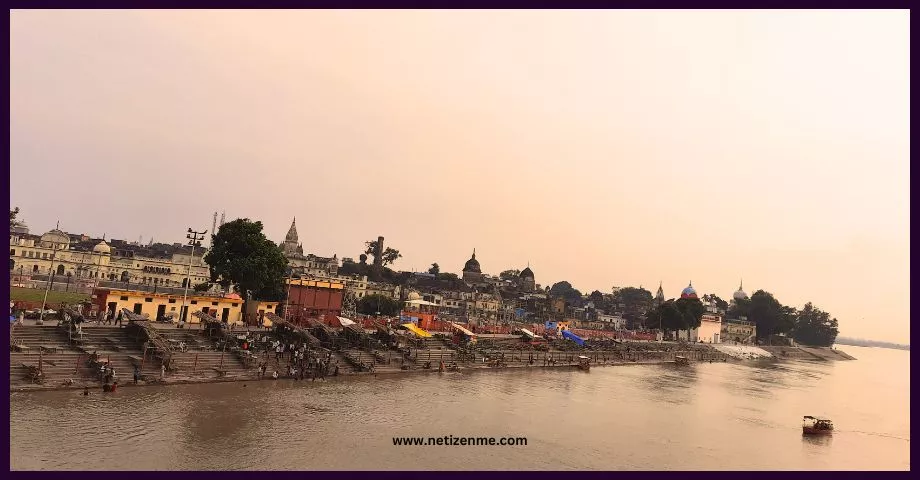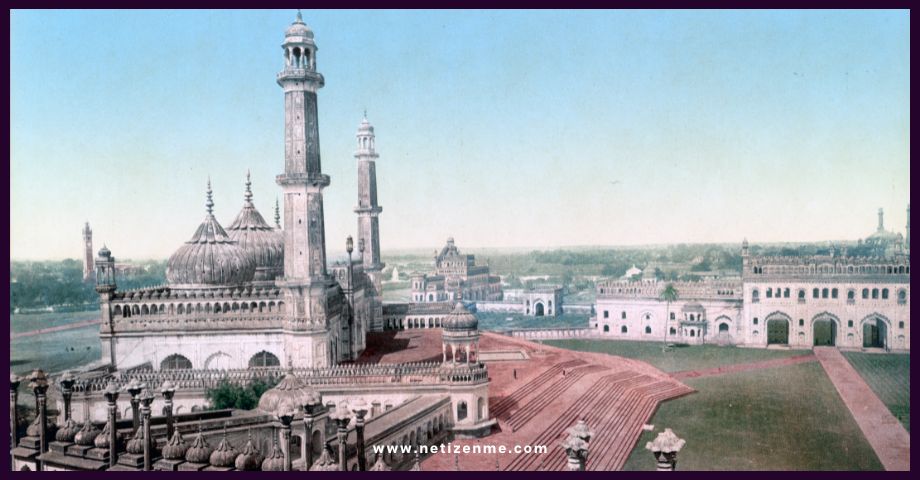India, a cradle of religious diversity, stands as a testament to the coexistence of myriad belief systems throughout its rich history. As the current world’s largest population, India hosts a tapestry of religions, each contributing distinct threads to the intricate weave of its cultural fabric. From the early forms of religion in India such as ancient Vedic traditions that laid the foundation to the later emergence of Buddhism, Jainism, and the synthesis of diverse influences in Hinduism, India’s religious diversity is a dynamic tableau of philosophical thought and spiritual exploration.
Early Indian Religions: Vedic Roots, Sramana Movements, and Cultural Synthesis
India, with its rich tapestry of cultures, has been a cradle for various ancient religions that have shaped its spiritual landscape.
Vedic period and Upanishads
The foundation of early Indian religion can be traced back to the Vedic period, around 1750-500 BCE, marked by the arrival of Indo-Aryans in the northern regions. The Vedas, composed in Vedic Sanskrit between 1500 and 500 BCE, are the oldest scriptures and played a pivotal role in shaping the early religious landscape. These texts, comprising the Rig Veda, Sama Veda, Yajur Veda, and Atharva Veda, served as the cornerstones of Vedic religion, presenting hymns, religious rituals, and instructions.
Transitioning from the Vedic period, the Upanishads emerged, offering deeper insights into the religious concepts that would influence Hinduism, Buddhism, and Jainism. Also known as Vedanta, meaning “the end of the Veda,” the Upanishads provided revelations about the nature of ultimate reality (brahman) and the path to human salvation, known as moksha. This period marked a significant shift from ritualistic practices to philosophical contemplation.
Sramana movement
The Sramana movement, denoting “seekers,” was instrumental in shaping the religious landscape. Originating as an offshoot of the Vedic tradition, the Sramanas, including Buddhists and Jains, existed alongside Vedic Hinduism. These movements contributed to what is known as the Hindu synthesis, a blending of diverse religious traditions and local cultures that led to the assimilation of non-Vedic gods and the establishment of the caste system.
During the reign of the Gupta Empire (320-550 CE), India experienced the construction of the first known stone and cave temples dedicated to Hindu deities. This era, often referred to as the Golden Age of India, witnessed the coexistence and flourishing of various religious traditions. However, with the disintegration of central power after the Gupta period, religious practices became regionalized, leading to the rise of sects within Hinduism, Buddhism, and Jainism.
The Gupta Empire also saw the resurgence of Hinduism, as exemplified by the Hindu Vijayanagar Empire during the 14th and 15th centuries. Vidyaranya, a key figure in the Vijayanagar Empire, propagated the teachings of Shankara, an 8th-century philosopher credited with unifying and establishing the main currents of thought in Hinduism. This period marked a reconstruction of Hindu life and administration, fostering cultural, social, intellectual, and artistic movements.
The flourishing of Buddhism
Despite the ascendancy of Hinduism, India’s history also witnessed the flourishing of Buddhism. Siddhartha Gautama, known as the Buddha, founded Buddhism around the 5th century BCE. Emerging from the Sramana movement, Buddhism propagated the Middle Way and the Noble Eightfold Path as a means to attain enlightenment and liberation from the cycle of rebirth. Emperor Ashoka’s conversion to Buddhism in the 3rd century BCE significantly contributed to the spread of the religion across India and beyond.
However, Buddhism gradually declined in its land of origin, and its practices were integrated into Hinduism. The 14th and 15th centuries witnessed the Hindu Maratha Confederacy rising to power, ultimately overthrowing Muslim rule in India. The subsequent period of British colonization, known as the British Raj (1858-1947), saw a Hindu resurgence during the Bengali Renaissance and the establishment of Indology, promoting the study of Vedic philosophy and literature.
Jainism
Jainism, another significant offshoot of the Sramana traditions, emerged around 700 BCE. Rooted in the belief in the independent existence of soul and matter, Jainism emphasized non-violence, morality, and ethics. The concept of karma played a pivotal role, influencing an individual’s fate across multiple lives. Jainism, with its distinct principles, coexisted with Hinduism and Buddhism, contributing to the diversity of India’s religious landscape.
In the contemporary era, Hinduism has solidified its position as one of the world’s major religions. According to the 2011 census, Hindus constitute almost 80% of India’s population, with over 1 billion adherents globally. The Sramana traditions, including Jainism and Buddhism, continue to thrive, with significant followers both within and outside India.
Early forms of religion in India
In conclusion, the early forms of religion in India, rooted in the Vedic period, laid the groundwork for the diverse religious traditions that shaped the subcontinent’s spiritual landscape. The Vedas, Upanishads, and the Sramana movements played pivotal roles in the evolution of Hinduism, Buddhism, and Jainism. The Gupta Empire’s Golden Age and subsequent historical events, including the influence of British colonialism, contributed to the rich tapestry of religious practices in India. Today, these ancient traditions persist, providing a profound insight into the cultural and spiritual heritage of the Indian subcontinent.
Ayodhya: A Spiritual Odyssey Through Sacred Sites
Suggested reading:
- “The Religions of Ancient India” by Hermann Oldenberg
- This book provides a comprehensive overview of the major religious traditions in ancient India, including Brahmanism, Buddhism, and Jainism.
- “A History of Ancient and Early Medieval India: From the Stone Age to the 12th Century” by Upinder Singh
- Upinder Singh’s book offers a broader historical perspective, covering the religious developments alongside other aspects of ancient and early medieval India.
- “India: A Sacred Geography” by Diana L. Eck
- While focusing on the sacred geography of India, this book by Diana Eck explores the religious diversity of the country, offering insights into the cultural and spiritual dimensions.
- “An Introduction to Indian Philosophy” by Bina Gupta
- Bina Gupta’s work provides an introduction to the philosophical foundations of various Indian religions, shedding light on the intricate philosophical traditions.
- “The Foundations of Indian Culture” by A.L. Basham
- A.L. Basham’s book offers a historical perspective on the cultural and religious foundations of ancient India, covering a wide range of topics including philosophy and religion.
This article is written by:
Our professional writers and editors are passionate about sharing high-quality information and insights with our audience. We conduct diligent research, maintain fact-checking protocols, and prioritize accuracy and integrity to the best of our capacity.
You can cite our articles under the author name "Netizenme"





